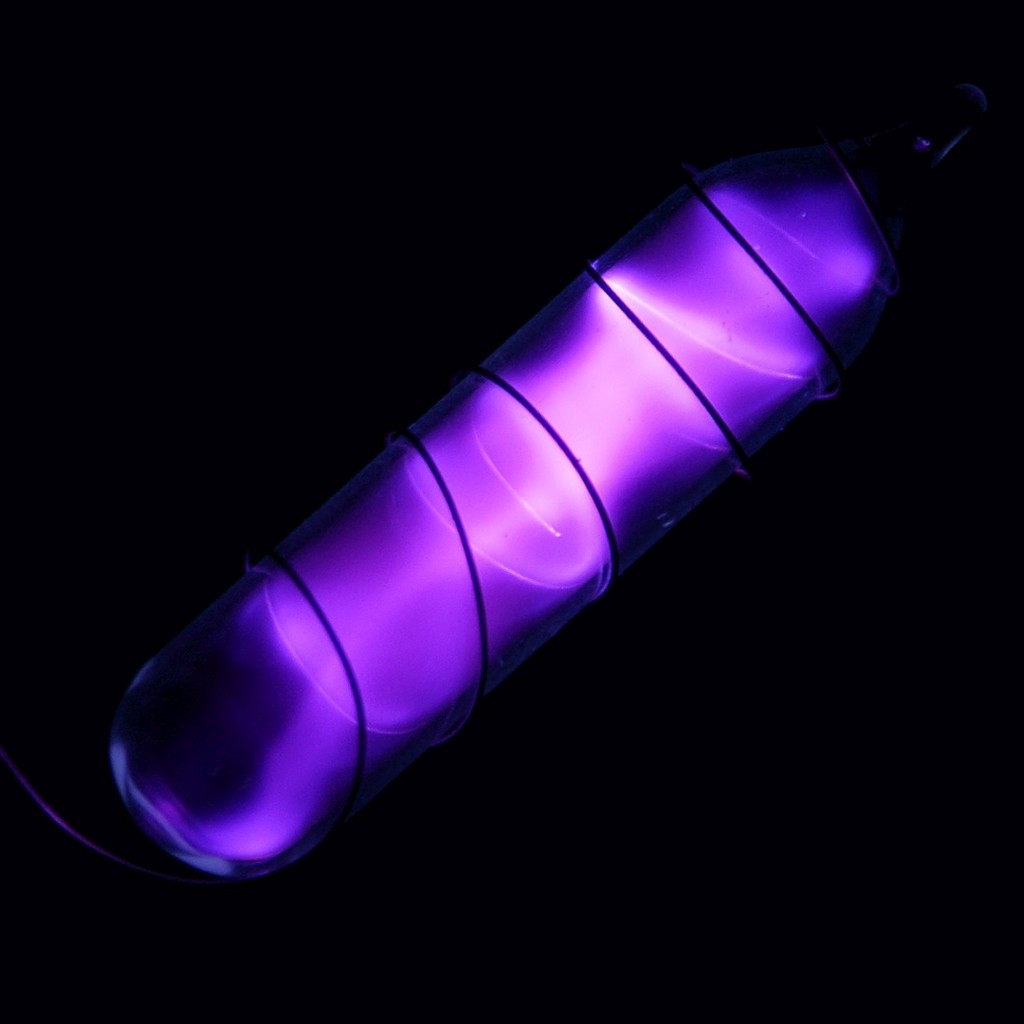Azot
7
N
Grup
15
Periyot
2
Blok
p
Protonlar
Elektronlar
Nötronlar
7
7
7
Temel Özellikleri
Atom numarası
7
Atom ağırlığı
14,0067
Kütle Numarası
14
Kategori
Diğer ametaller
Renk
Renksiz
Radyoaktif
Hayir
From the Latin word nitrum, Greek Nitron, native soda; and genes, forming
Kristal yapısı
Basit altıgen
Tarihi
Nitrogen is considered to have been discovered by Scottish physician Daniel Rutherford in 1772, who called it noxious air or fixed air.
It was also studied at about the same time by Carl Wilhelm Scheele, Henry Cavendish and Joseph Priestley.
In 1790 the French chemist Jean-Antoine-Claude Chaptal named the element nitrogen.
It was also studied at about the same time by Carl Wilhelm Scheele, Henry Cavendish and Joseph Priestley.
In 1790 the French chemist Jean-Antoine-Claude Chaptal named the element nitrogen.
Enerji seviyesi başına Elektronlar
2, 5
Elektron dizilimi
[He] 2s2 2p3
Nitrogen is present in all living organisms, in proteins, nucleic acids and other molecules
Fiziksel Özellikleri
Faz
Gaz
Yoğunluk
0,0012506 g/cm3
Ergime noktası
63,15 K | -210 °C | -346 °F
Kaynama noktası
77,36 K | -195,79 °C | -320,42 °F
Ergime ısısı
0,36 kJ/mol
Buharlaşma ısısı
2,79 kJ/mol
Isı kapasitesi
1,04 J/g·K
Dünya kabuğundaki bulunulabilirliği
0,002%
Evrendeki bulunulabilirliği
0,1%

CAS Numarası
7727-37-9
PubChem CID Numarası
947
Atom Özellikleri
Atom yarıçapı
56 pm
Kovalent yarıçapı
71 pm
Elektronegatifliği
3,04 (Pauling ölçeği)
İyonlaşma enerjisi
14,5341 eV
Atomik Hacim
17,3 cm3/mol
Isıl iletkenlik
0,0002598 W/cm·K
Yükseltgenme seviyeleri
-3, -2, -1, 1, 2, 3, 4, 5
Uygulamalar
Nitrogen is used to produce ammonia and fertilizers, vital for current food production methods.
Liquid nitrogen is used as a refrigerant.
Nitric acid is used as an oxidizing agent in liquid fueled rockets.
Nitrogen is a constituent of molecules in every major drug class in pharmacology and medicine.
Liquid nitrogen is used as a refrigerant.
Nitric acid is used as an oxidizing agent in liquid fueled rockets.
Nitrogen is a constituent of molecules in every major drug class in pharmacology and medicine.
Rapid release of nitrogen gas into an enclosed space can displace oxygen, and therefore represents an asphyxiation hazard
İzotoplar
Kararlı izotoplar
14N, 15NKararsız izotoplar
10N, 11N, 12N, 13N, 16N, 17N, 18N, 19N, 20N, 21N, 22N, 23N, 24N, 25N